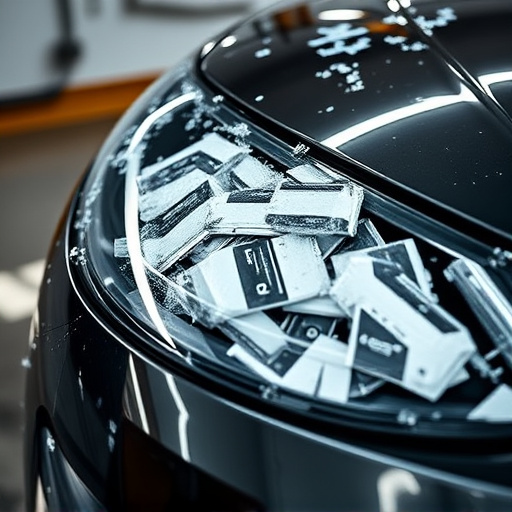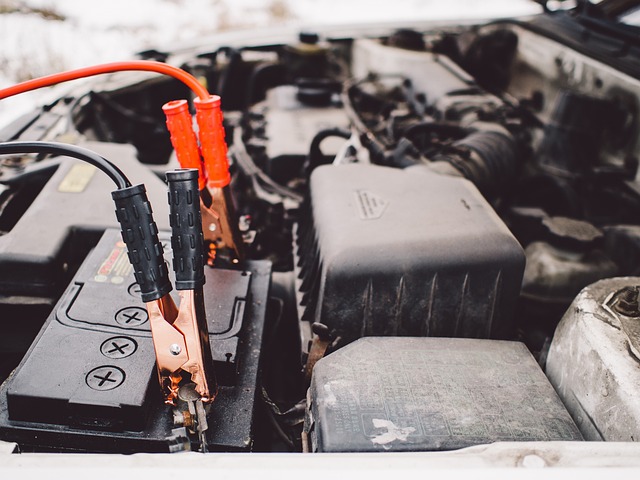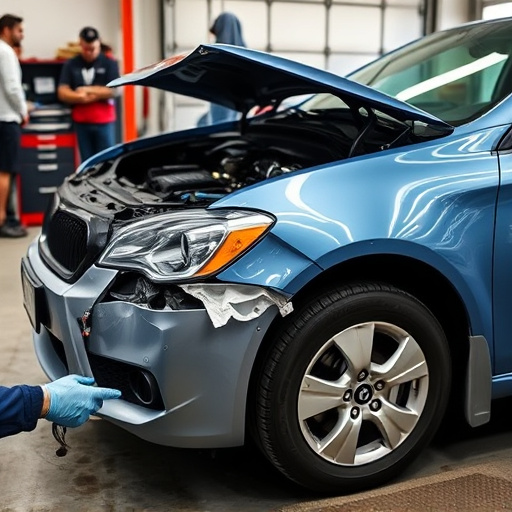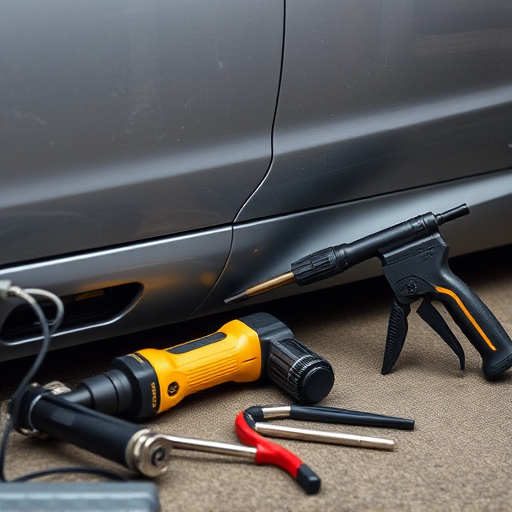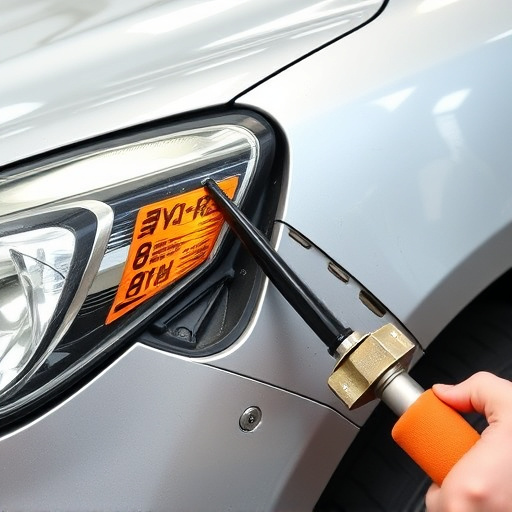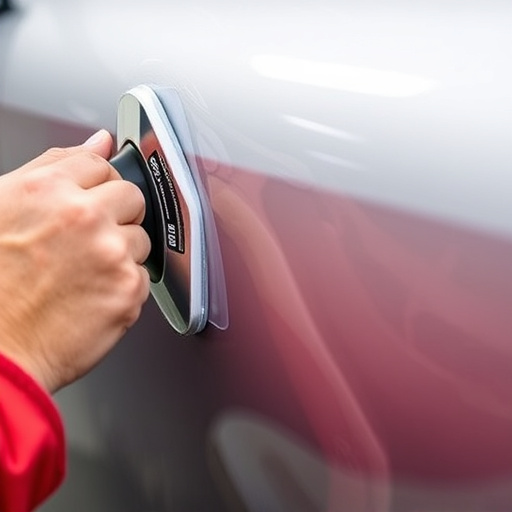Mastering Tesla heat pump inspection is vital for efficient operation and energy savings. Focus on coolant flow, checking for blockages or leaks, and examine coils, lines, and refrigerant for damage. Assess airflow obstructions caused by dust or debris to maintain optimal efficiency, promoting vehicle comfort and system longevity. Timely detection of issues prevents further damage and ensures optimal climate control.
“Ensure your Tesla’s optimal cooling performance with a comprehensive heat pump inspection. This guide delves into the essentials of understanding the complex system behind Tesla’s heat pumps and how to effectively inspect them. From identifying coolant flow issues that can hinder efficiency, to evaluating airflow obstructions blocking cooling pathways, this article equips you with knowledge to maintain your Tesla’s climate control at peak levels.”
- Understanding Tesla Heat Pump Basics for Effective Inspection
- Identifying Coolant Flow Issues During Heat Pump Evaluation
- Evaluating Airflow Obstructions: Unblocking Efficient Cooling Paths
Understanding Tesla Heat Pump Basics for Effective Inspection
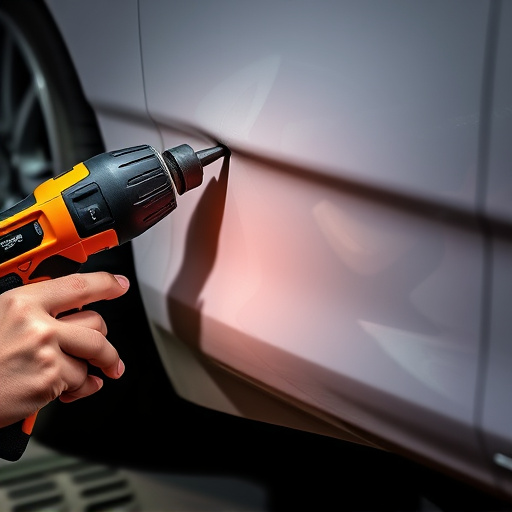
Understanding Tesla heat pump basics is crucial for effective inspection. These innovative systems combine heating and cooling capabilities by transferring heat from one area to another, making them highly efficient compared to traditional HVAC units. A Tesla heat pump operates on a closed-loop system that uses a refrigerant (often an eco-friendly coolant) to facilitate this process. During the inspection, pay close attention to the coolant flow, ensuring it is unobstructed and circulating smoothly through the system. Any blockages or leaks can significantly impact performance and energy efficiency.
For comprehensive Tesla heat pump inspection, consider key components like the evaporator coils, condenser coils, and refrigerant lines for any signs of damage or corrosion. Just as important is assessing airflow obstructions within the system. Dust, debris, or even loose items in the vicinity of the heat pump can restrict air flow, compromising its effectiveness. Familiarizing yourself with these fundamentals will enable you to conduct a thorough inspection, ensuring optimal performance and longevity of your Tesla’s climate control system, ultimately enhancing the overall comfort of your vehicle, akin to maintaining a pristine car body shop.
Identifying Coolant Flow Issues During Heat Pump Evaluation
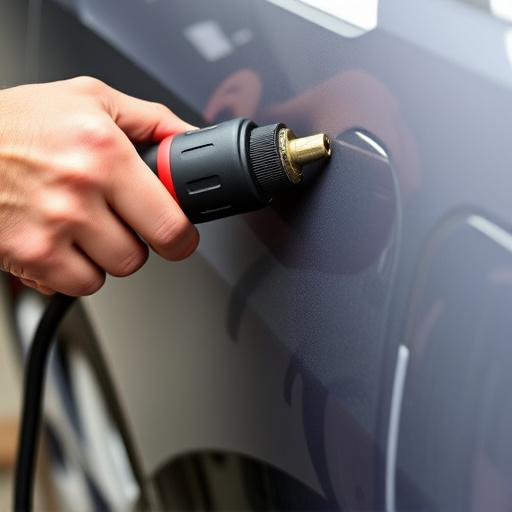
During a Tesla heat pump inspection, one of the critical aspects to focus on is identifying potential coolant flow issues. These problems can significantly impact the efficiency and performance of your vehicle’s heating and cooling system, which is particularly important for electric vehicles where thermal management is paramount.
By meticulously examining the heat exchangers, radiators, and associated hoses, technicians can uncover blockages or leaks that hinder the circulation of coolant. Such issues might be caused by debris accumulation, corrosion, or damage—all of which are common culprits in car collision repairs. Timely detection and resolution of these problems are essential to prevent more severe damage and ensure optimal climate control during both heating and cooling cycles.
Evaluating Airflow Obstructions: Unblocking Efficient Cooling Paths
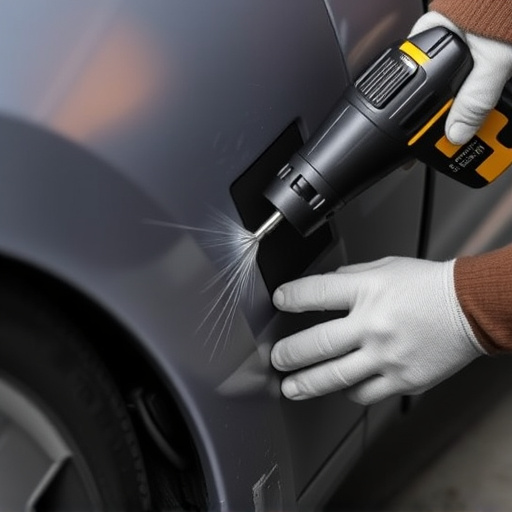
During a Tesla heat pump inspection, evaluating airflow obstructions is a crucial step to ensure optimal cooling performance. Heat pumps rely on efficient air circulation to transfer heat and maintain comfortable indoor temperatures. Common obstacles include blocked vents, dusty filters, or even debris accumulation around the exterior units. These issues can restrict airflow, leading to reduced cooling efficiency and potentially causing the system to work overtime.
Properly addressing these obstructions is akin to unblocking a labyrinthine path for cool air to flow freely. By clearing these paths, the heat pump can operate seamlessly, enhancing energy efficiency and saving on car repair shop costs related to poor performance. Just as collision damage repair specialists address structural issues, maintaining clear airflow pathways in your Tesla’s heat pump system ensures its longevity and effectiveness, providing a comfortable environment without putting undue strain on the system.
A thorough Tesla heat pump inspection is key to ensuring optimal cooling performance. By understanding the basics, identifying coolant flow issues, and evaluating airflow obstructions, you can effectively maintain or enhance your Tesla’s heating and cooling system. Regular inspections allow for prompt addressing of problems, guaranteeing a comfortable indoor climate and extending the lifespan of your vehicle’s heat pump. Remember, a well-maintained Tesla heat pump translates to efficient energy use and enhanced driving experience.



